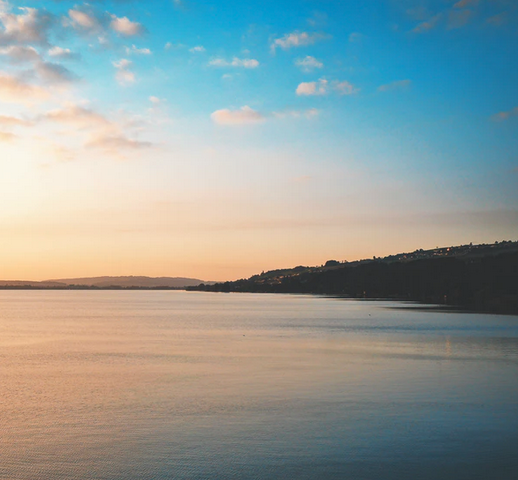A Commitment to the Phenomena of Color
Craig Holdrege
From In Context #44 (Fall, 2020) | View article as PDF in Notes and Reviews
“Michael Wilson felt that the major theme in his life had been the understanding of light and colour.” These words were written by Wilson’s colleague Ralph Brocklebank soon after Wilson’s death in 1985 (he was born in 1901). Brocklebank continues:
He had developed a remarkably keen eye for observing and recording the ever-changing patterns and effects of sky and cloud, sunbeam and shadow, dawn and dusk, and all the phenomena of the atmosphere.
Wilson was not only a close observer of color phenomena in nature. Over decades, building on Goethe’s work on color, he created and carried out numerous experiments that show the myriad lawful relations of color phenomena and the conditions under which they appear. I had the opportunity to hear him give a talk at the University of Sussex in the UK in the mid-1970s and recall his energetic and lively presentation — with the use of many slides — on color. The lecture was in the physics department and I remember him stating at one point late in the talk: “You see, color is more than wavelength!”
Over the course of more than thirty years Wilson wrote articles on color. Many of these articles were hard to come by, and we can be grateful that in 2018 a volume of 26 articles was published: What is Colour? The Collected Works, Michael Wilson (edited by Laura Liska and Troy Vine, Logos Verlag, Berlin, 2018). Anyone interested in a disciplined, phenomenological approach to color will gain much from the study of these essays. Here I present one short excerpt from the prelude to the main essay in the book. It gives an impression of the nuanced attention he gave to the appearances of the visual world:
The mountains have emerged from the night fresh and clean in their mantle of deep violet blue, and a liquid light pours across the land calling forth colour as it goes. As the sun climbs and warms the earth, the mountain slopes disclose their form in a play of pink light and purple shadow, while beyond them the distant ranges lie serene and still, cool blue beneath the pale transparent turquoise of the rain-washed sky — a colour changing with infinite smoothness to deep cobalt overhead. In front of us the wind-swept autumn grass and the dying bracken glow gold and orange-brown in the morning light and even the outcrops of cold grey rock have joined in the scheme of things and show their sunlit faces warm against shadows of so violet grey. Beyond this the blue of the lake lies back in vivid contrast — a blue embracing all the subtle transitions from clear emerald to deep violet.
We lose ourselves in wonder at the majesty of the perfectly ordered colours and must feel that beauty is not by chance in the world. And yet, we reflect, only yesterday the same landscape was grey — the sky, the mountains, the rocks, the water — all grey with but a hint of dull colour in the grass and bracken. The solid features of the landscape have not changed and the sun gives no more light than yesterday. Where then has the wealth of colour sprung from, whither will it vanish? What is the miracle of air and cloud? (p. 4)

